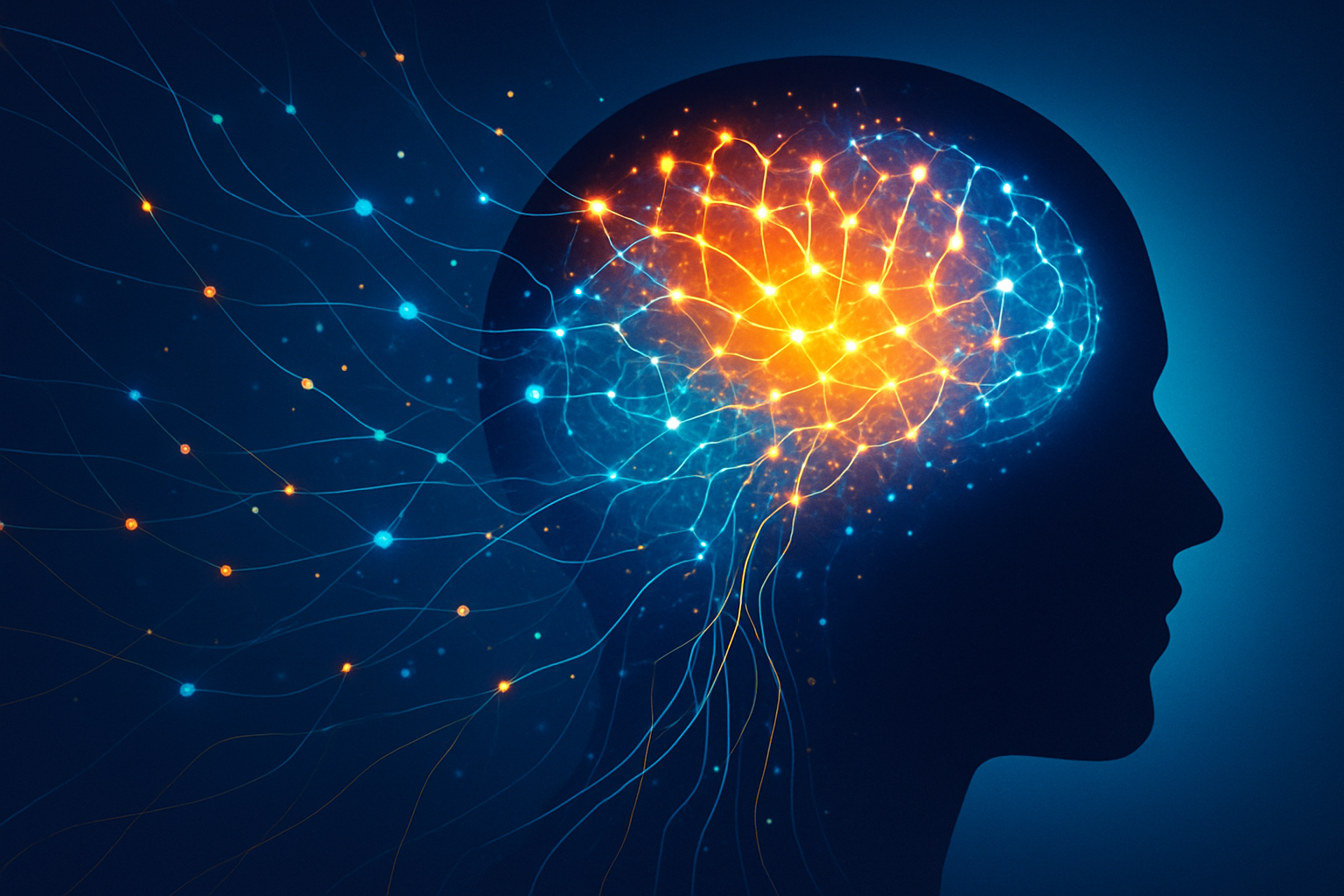**Understanding Artificial Intelligence: A Comprehensive Guide** Artificial Intelligence (AI) is a systematic approach driven by algorithms. It is a set of rules that facilitate decision-making, guidance, and analysis. The primary driver behind artificial intelligence is computing power. AI is a broad field encompassing a variety of algorithms tailored to specific problems, such as image recognition, language processing, and decision-making. It does not rely on a single method.
Let me explain further: ### 1. Machine Learning Algorithms Machine learning algorithms are the fundamental building blocks of AI systems. They enable these systems to learn from data, identify trends, and make decisions or predictions without explicit programming. Essentially, these algorithms are collections of mathematical procedures or methods that allow AI systems to perform a wide range of tasks. ### 2.
Optimization and Learning Methods Optimization and learning are interconnected concepts, particularly in the context of artificial and computational intelligence. Optimization involves finding the best possible solution to a problem, often by minimizing or maximizing an objective function. This process includes searching through a set of possible solutions to identify the one that yields the most desirable outcome based on defined criteria. Traditional optimization methods include calculus-based approaches. Learning, especially machine learning, involves using data or experience to help a system gradually improve at a particular task.
This often involves adjusting internal parameters or models in response to feedback to enhance accuracy, prediction, or decision-making. During the learning process, optimization methods are commonly used to determine the ideal set of parameters for a model. ### 3. Supervised Learning Supervised learning is a key technique in machine learning and AI, where an algorithm learns from a labeled dataset to generate predictions or decisions. The term “supervised” refers to the presence of a “supervisor” in the form of labeled data, where each input example is paired with the corresponding output.
Training data for supervised learning algorithms must contain both input features and the target labels. For instance, in an image classification task, the input would be an image, and the label would be the object it depicts. Supervised learning is heavily relied upon in fields such as image and object recognition, email spam detection, financial and marketing predictive analytics, medical diagnosis, and Natural Language Processing (NLP) tasks like machine translation and sentiment analysis. ### 4. Neural Networks and Deep Learning In AI, deep learning and neural networks are closely linked concepts.
Deep learning, a branch of machine learning, utilizes multi-layered artificial neural networks to analyze data and identify complex patterns. Neural networks, composed of interconnected nodes or neurons arranged in layers, are computer models inspired by the structure and function of the human brain. Artificial Neural Networks (ANNs) are computer systems modeled after the human brain, consisting of layers of interconnected information-processing nodes known as “neurons.” Each neuron processes input and transmits the result. Neural networks can identify patterns in data by adjusting the strength of these connections, often referred to as weights.
A basic neural network consists of three layers: – **Input Layer:** Receives raw data, such as pixels from an image. – **Hidden Layers:** Processes the data using mathematical operations. – **Output Layer:** Generates the final prediction, such as “cat” or “dog.” Deep learning, a subfield of machine learning, employs deep neural networks with numerous hidden layers. These deep structures enable machines to automatically recognize intricate patterns and features without human intervention.
In image recognition, for example, early layers detect basic elements like edges, while deeper layers identify faces, shapes, and objects. Deep learning has driven significant advancements in AI, including computer vision (self-driving cars, medical imaging), natural language processing (ChatGPT, Google Translate), and speech recognition (Siri, Google Assistant). Training deep networks requires large datasets and powerful hardware, often Graphics Processing Units (GPUs). In summary, deep learning is an advanced version of neural networks, forming the foundation of AI systems that mimic human-like vision, language, and decision-making capabilities, revolutionizing sectors like healthcare and finance. ### 5.
Search and Planning Algorithms Search and planning algorithms are essential tools in AI that enable machines to solve problems, make decisions, and organize actions efficiently. They are widely used in robotics, games, navigation, and decision-making systems. Search algorithms explore potential solutions within a problem space by systematically examining states or possible scenarios. For example, a GPS system searching for the quickest route is effectively solving a pathfinding problem. Common search algorithms include: – **Breadth-First Search (BFS):** Ensures the shortest path in unweighted problems by exploring every node level by level.
– **Depth-First Search (DFS):** Useful for exploring vast areas, thoroughly examining paths before backtracking. – **Dijkstra’s Algorithm:** Also known as Uniform Cost Search, finds the least expensive path between two points. – **A* Algorithm:** Frequently used in games and navigation, finds the most economical path by combining path cost and a heuristic (estimation). Planning algorithms go beyond searching by arranging a series of steps to achieve a specific goal. They consider optimizing time, resources, or constraints in addition to achieving the objective.
For instance, a robot planning how to transport objects in the shortest amount of time needs to consider several actions in advance. Common planning techniques include: – **STRIPS (Stanford Research Institute Problem Solver):** Represents problems using states, goals, and actions. – **Heuristic Planning:** Reduces complexity by applying domain-specific knowledge. – **Partial-Order Planning:** Allows flexibility in the sequence of events. In conclusion, search algorithms focus on finding solutions, while planning algorithms identify structured approaches to achieve goals.
Together, they enable AI systems to behave intelligently in complex situations. In summary, artificial intelligence processes new information using algorithms, learns patterns from data, and uses feedback to improve performance. AI systems are capable of analysis, prediction, and decision-making through techniques such as machine learning, deep learning, and search or planning algorithms. AI essentially mimics aspects of human intelligence, allowing machines to identify patterns, solve problems, and adapt over time.



